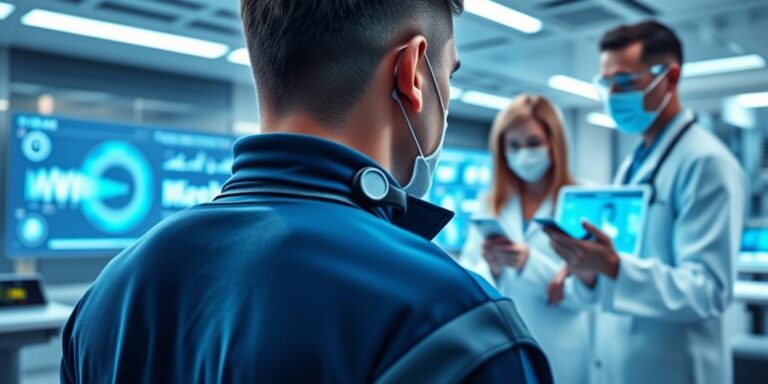By 2028, continuous health monitoring stands poised to revolutionize personalized medicine. The convergence of wearable technology, sophisticated data analytics, and real-time insights will enable healthcare providers to tailor treatments and interventions with unprecedented precision. This article explores the transformative potential of continuous health monitoring and its role in shaping the future of personalized medicine.
The Rise of Continuous Health Monitoring
Continuous health monitoring involves the use of wearable sensors and devices to track a range of physiological parameters, including heart rate, blood glucose levels, sleep patterns, and activity levels. These devices generate a continuous stream of data, providing a comprehensive view of an individual’s health status over time. As technology advances, these devices are becoming increasingly accurate, comfortable, and integrated into daily life.
Enabling Personalized Medicine
The wealth of data generated by continuous health monitoring holds immense value for personalized medicine. By analyzing this data, healthcare providers can identify subtle changes in an individual’s health status that may indicate the onset of disease or the need for intervention. This proactive approach allows for earlier diagnosis and treatment, potentially preventing serious health complications.
Key Applications
- Chronic Disease Management: Continuous monitoring can help individuals with chronic conditions like diabetes, heart disease, and asthma to better manage their health. Real-time data on glucose levels, heart rate, and lung function can inform treatment decisions and lifestyle adjustments.
- Preventive Care: By tracking key health indicators over time, continuous monitoring can identify individuals at risk for developing certain diseases. This allows for targeted preventive interventions, such as lifestyle modifications or medication, to reduce the risk of disease onset.
- Medication Optimization: Continuous monitoring can help healthcare providers optimize medication dosages and schedules based on an individual’s unique response to treatment. This ensures that patients receive the most effective dose of medication while minimizing the risk of side effects.
- Remote Patient Monitoring: Continuous monitoring enables remote patient monitoring, allowing healthcare providers to track patients’ health status from afar. This is particularly valuable for individuals who live in rural areas or have difficulty accessing healthcare services.
Challenges and Opportunities
While the potential of continuous health monitoring is vast, several challenges must be addressed to fully realize its benefits:
- Data Security and Privacy: Protecting the privacy and security of health data is paramount. Robust security measures and strict data governance policies are needed to prevent unauthorized access and misuse of data.
- Data Integration and Interoperability: Integrating data from various monitoring devices and electronic health records is essential for creating a comprehensive view of an individual’s health status. Standardized data formats and interoperability standards are needed to facilitate seamless data exchange.
- Clinical Validation and Regulatory Approval: Rigorous clinical validation studies are needed to demonstrate the accuracy and reliability of monitoring devices. Regulatory approval processes must be streamlined to ensure that safe and effective devices are available to patients.
The Future of Personalized Medicine
Continuous health monitoring is poised to play a central role in the future of personalized medicine. As technology advances and data analytics become more sophisticated, healthcare providers will gain a deeper understanding of individual health and disease. This will enable them to deliver more precise, targeted, and effective interventions, ultimately improving patient outcomes and reducing healthcare costs. By 2028, we can expect to see widespread adoption of continuous health monitoring as a cornerstone of personalized healthcare.




